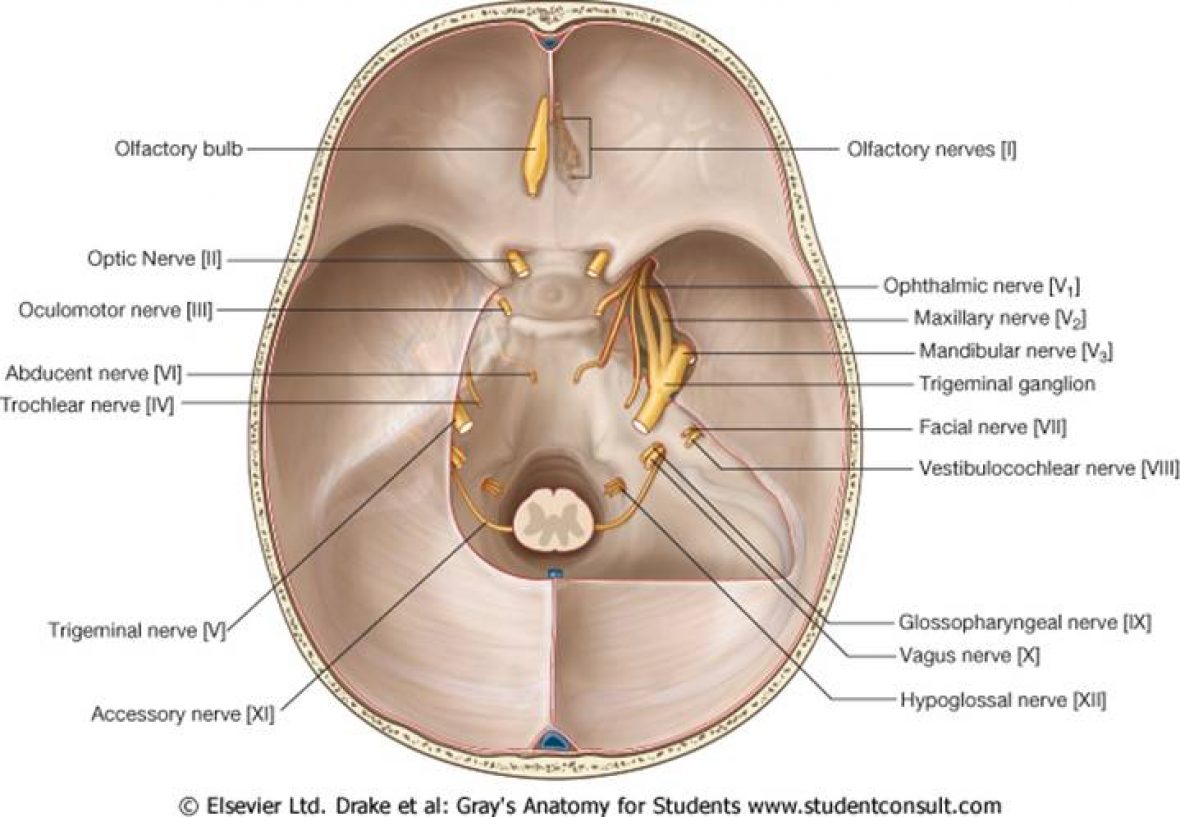To revise the management of raised ICP is essentially important
The Munro-Kelly Doctrine Phenomenon
VICP= VBrain+VCSF+VBlood+VMass
CPP=MAP-ICP
Essentially the management of raised ICP is medical or surgical.
Conservative Measures to Reduce ICP
- Early C Spine Clearance- Collars can significantly impact venous drainage and hence increase ICP. Patient head should be elevated at 30 degrees to aid venous outflow.
- In an acutely raised ICP- to save time a bolus of Mannitol can be given (100mls of 20% mannitol or 150mls of 15%) given over 15 minutes
- Sedation and Paralysis- with Propofol and Neuromuscular Blockade. They reduce neuronal activity, thereby reducing cerebral blood flow a concept called flow-metabolism coupling.
- Barbiturates- they work in the same way as those drugs that cause sedation and paralysis however can cause significant hypokalaemia and alter cardiac function
- Adequate Oxygenation: In any critically ill patient they require adequate oxygenation to the brain is fundamental. Neurosurgical patients with low GCS ventilating because of the inability to protect their own airway. Increasing the FiO2, PEEP, Inspiratory:Expiratory time will help improve oxygenation in a patient
- Hyperventilation- elevated PaCo2 levels can cause cerebral vasodilation and increase blood flow, raising ICP and vice versa. Generally levels are kept at a PaCO2 at 4.5KPa.
- Therapeutic Hypothermia- reduces cerebral blood flow and volume therefore reducing ICP. Hypothermia can reduce cardiac and renal function therefore makes elderly patients especially vulnerable to infection
Surgical Measures to Reduce ICP
VICP= VBrain+VCSF+VBlood+VMass
- VMass- Removal of Mass e.g tumour, drainage of abscess, evacuation of haematoma
- VCSF- CSF Diversion Methods e.g EVD, Shunt
- Decompressive Craniectomy- Removal of Bone Flap and patients will have a cranioplasty later on.

